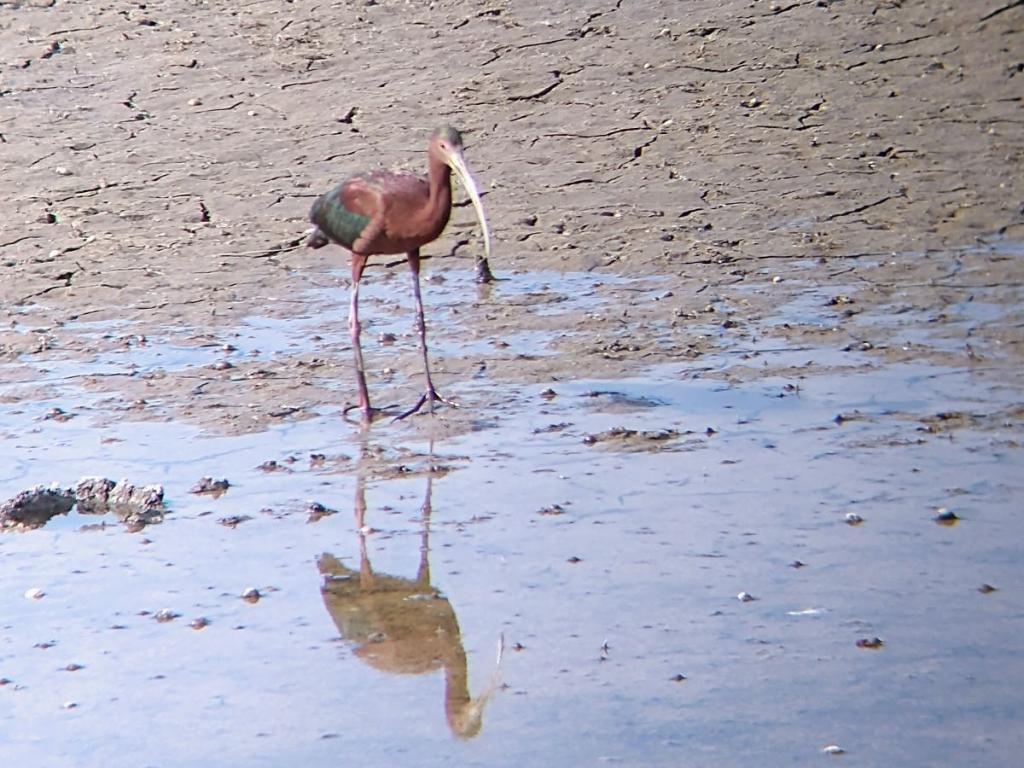Seasonal closures support nesting water birds across San Luis Valley

 John Livingston
John LivingstonSouthwest Region Public Information Officer
970-759-9590 / [email protected]

Tyler Cerny/CPW
Higel, Playa Blanca, Rio Grande, Russell Lakes and Sego Springs SWAs are closed to all public access Feb. 15 through July 15. Additionally, the wetlands portion of San Luis Lakes SWA is closed to the public on the same dates.
“These properties serve as important areas for many species, including the federally endangered Southwestern Willow Flycatcher, different species of waterfowl, Sandhill Cranes, herons, etc.,” said CPW District Wildlife Manager Tyler Cerny. “We have staff that continually work in these areas managing weeds, water movement or other projects, so the public may see staff during these times of closure.”
The closures add to two other closures at SWAs currently in place in the San Luis Valley:
- Hot Creek SWA is closed to motor vehicles from Jan. 1 through April 30.
- La Jara SWA is closed to motor vehicles Jan. 1 until the last Thursday before Memorial Day. This year, that is May 26.
For more information on seasonal closures in the San Luis Valley, call the Monte Vista office at 719-587-6900.

Colorado Parks and Wildlife (CPW) is an enterprise agency, relying primarily on license sales, state parks fees and registration fees to support its operations, including: 43 state parks and more than 350 wildlife areas covering approximately 900,000 acres, management of fishing and hunting, wildlife watching, camping, motorized and non-motorized trails, boating and outdoor education. CPW's work contributes approximately $6 billion in total economic impact annually throughout Colorado.
DISCLAIMER: The Colorado Parks and Wildlife (CPW) website maintains press releases containing historical information that may no longer be accurate. Press releases are dated, which should be noted to determine whether the information provided is current. Please review our current regulations and brochures for up-to-date information.